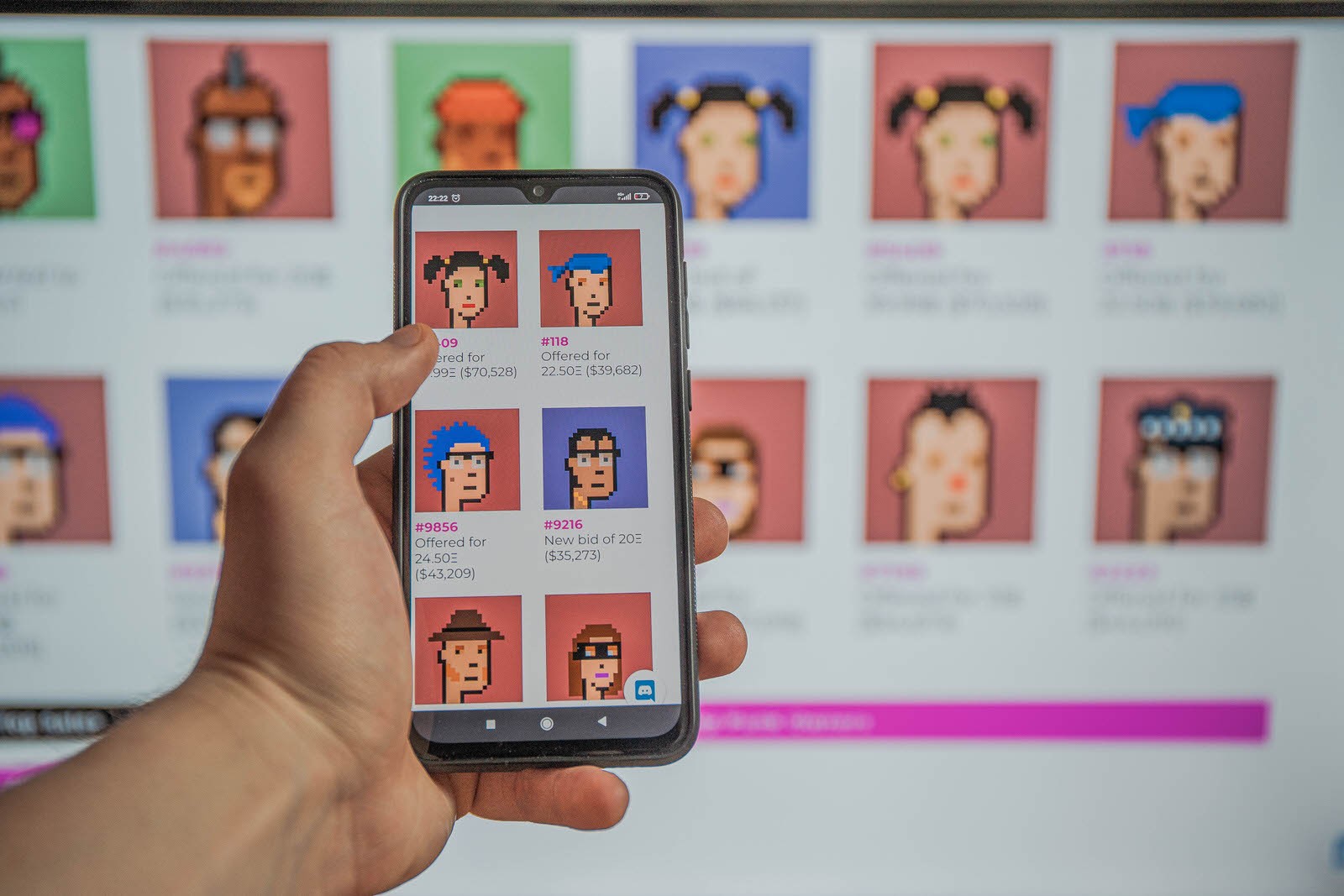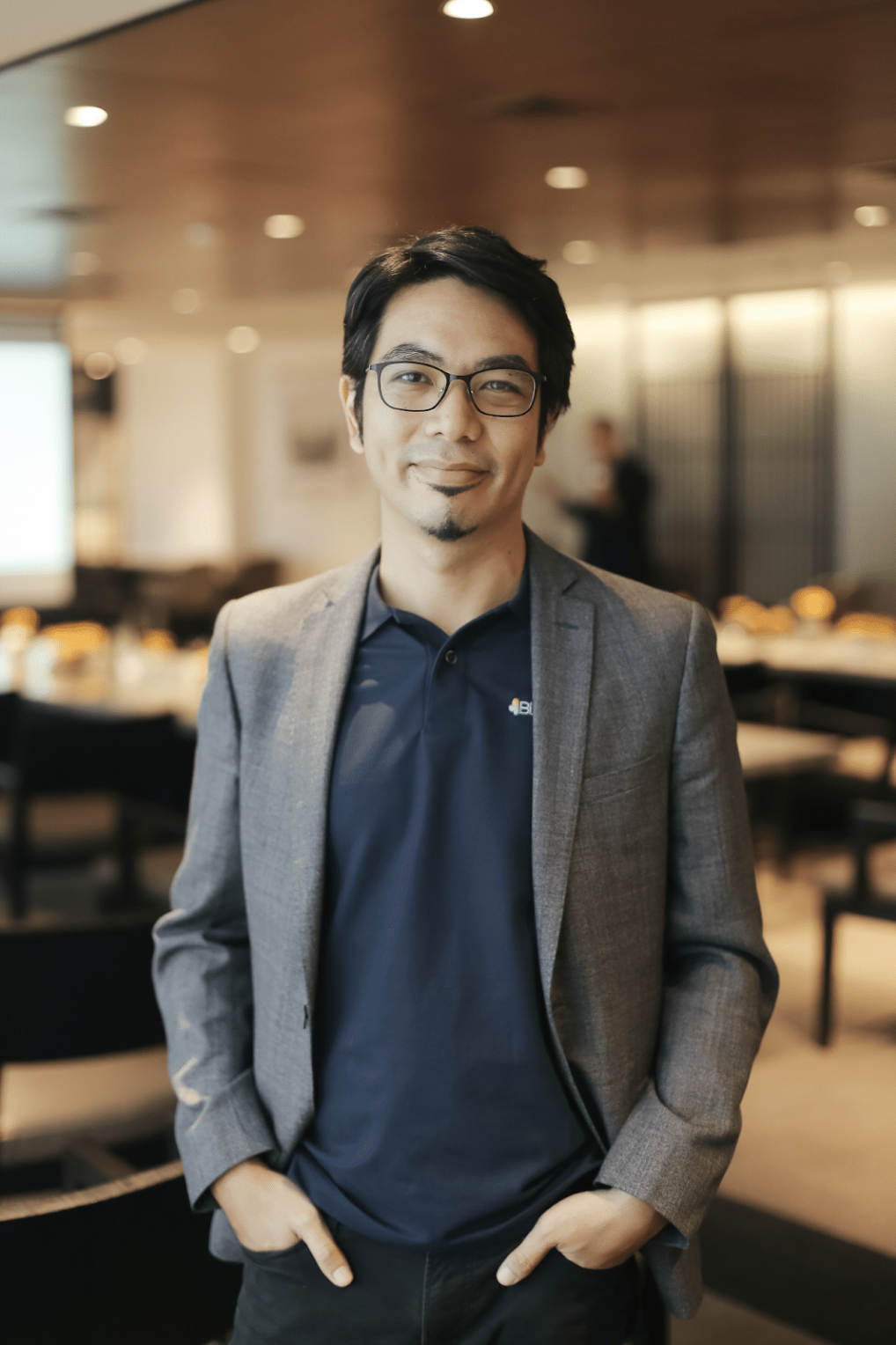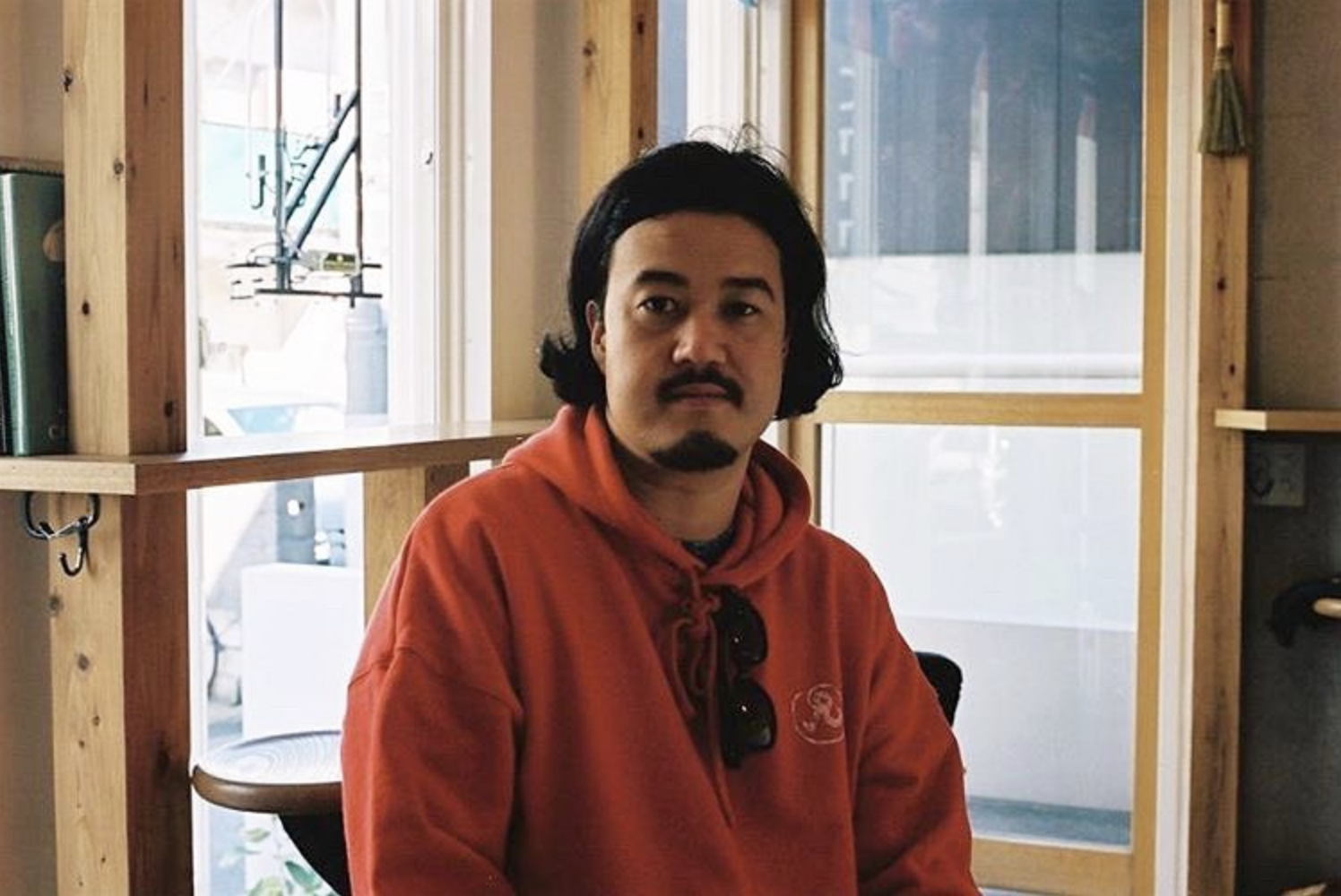
How NFTs are Reshaping the Filipino creative industries and Beyond
By Ivan Jethro Balagtas
November 12, 2021
You may have caught wind about non-fungible tokens, or NFTs, through the news headlines. For finance enthusiasts, it is an exciting new way to move and secure assets. For artists and creators, it’s a blanket for ownership and creative control. For the broader public, it is a perplexing platform that needs time to be fully understood. All perspectives hold certain truths.
NFTs, by definition, are one-of-a-kind digital items that are part of the Ethereum blockchain. It can be anything from digital illustrations, music, drawings, or even tweets. Twitter CEO Jack Dorsey’s first tweet was sold for $2.9m to a Malaysian businessman when it was auctioned for charity earlier this year. Sina Estavi, the first person to ever purchase a tweet, cited the Dorsey tweet as the “Mona Lisa” of tweets. "I believe it's an emerging market and it's just the beginning,” Estavi said in a BBC interview. “All forms of digital [creation] such as music, photos, videos, tweets, and blog posts can be traded in the form of an NFT."
This sentiment was received with opposing opinions, varying from the affirmative to outright mockery. Elon Musk once tweeted he was selling a song about NFTs as an NFT. The next day, Musk pulled the sale, tweeting “Actually, doesn’t feel quite right selling this. Will pass.”
While still in its nascence, NFTs are finding newer ways to push the boundaries of certain industries. Some scratch their heads, others invest right away. There is certainly a “gold rush” with this new technology, but many speculate it is here to stay.

Luis Buenaventura is the Philippines’ Country Manager for Yield Guild Games, one of the biggest guilds, or a group that mobilizes players to maximize earning potential in Axie Infinity. Axie steadily grew from a niche play-to-earn game to a mainstream phenomenon due to the simple fact that players earn money while playing a mobile game. There are in-game cryptocurrencies and the eponymous Axies is a form of NFT.
Buenaventura is also an artist, best known for his artworks chronicling pop culture moments, pop icons, and the cryptocurrency subculture as Cryptpop! He and his peers, established and emerging artists alike, grew fond of the security features on NFT, being among the earliest to subscribe to the new technology beyond the realms of finance.
Being entirely digital, NFTs have strong copyright features that enforce proper ownership of the artist. Smart contracts on a blockchain also make procuring digital artworks seamless and secure, levelling the playing field for emerging artists to sell their works alongside established names.
Buenaventura cites how his NFT art helped him earn back royalties attached to this blockchain, which not only attracts new opportunities for his hard work, but also gives back on his commercial success through philanthropic ventures. He started an Axie Infinity guild of his own with some of his friends where he affords young artists the opportunity to play the game and earn. Apart from playing the game, members of his guild are also given education and proper guidance about their artistic pursuits. Such features also create potentially better conditions for creative freedom.

Chris Fussner of the Tropical Futures Institute, a Cebu-based think tank, believes NFTs offer something tangible for the art community. In the Philippines, galleries are increasingly adopting NFTs in their roster of artworks. For example, Art Fair Philippines set up an exhibit and sale of NFTs in partnership with Tropical Futures Institute and digital art specialists Narra Art Gallery.
“The biggest thing for NFTs is they help create layers you built through personal relationships and community relationships, and I think that’s where the magic really is,” Chris shared, who stressed that NFTs could be vital in the future of co-creation and creative collaborations.
In this year’s Frankfurt Book Fair in Germany, the Philippine contingent released a hundred different titles in “reclaiming our narrative”. One of the highlights of the Philippine contingent is Yvette Tan’s NFT book “The Last Moon” which furthers the story of the Ilonggo mythical creature Bakunawa, a dragon believed to have devoured six of the seven moons in the heavens. This story acts as a sequel and not a retelling of the Visayan mythos. The Last Moon is the first of its kind in local publishing and a valiant use of new technology in the efforts of solidifying traditions.

NFTs are, at its core, a new medium used to pursue important causes. On Earth Day 2021, the Masungi Georeserve released a series of five NFTs on Binance, which were the first of its kind in the Philippines. In aid of their reforestation efforts and wildlife research, the NFTs were “minted on more eco-friendly and energy-efficient Proof-of-Stake models which reduce potential emissions by up to 99%,” according to the Masungi team. The sales of the initial NFT release were used to restore and protect some five hectares of degraded forests in the georeserve.
This is an example of how artist-led social movements address the environmental inefficiencie of cryptocurrency. For them, ensuring that new technology is integrated in a sustainable way is essential in the advancement of this medium.
It is an exciting future to think about how everyday life seamlessly transcends between physical and virtual spaces. Ultimately, what makes NFTs and cryptocurrencies interesting are the ways it reshapes how digital mediums influence traditional institutions. The challenge now is to plot these changes to a future that is more favorable for everyone and not just a few.



